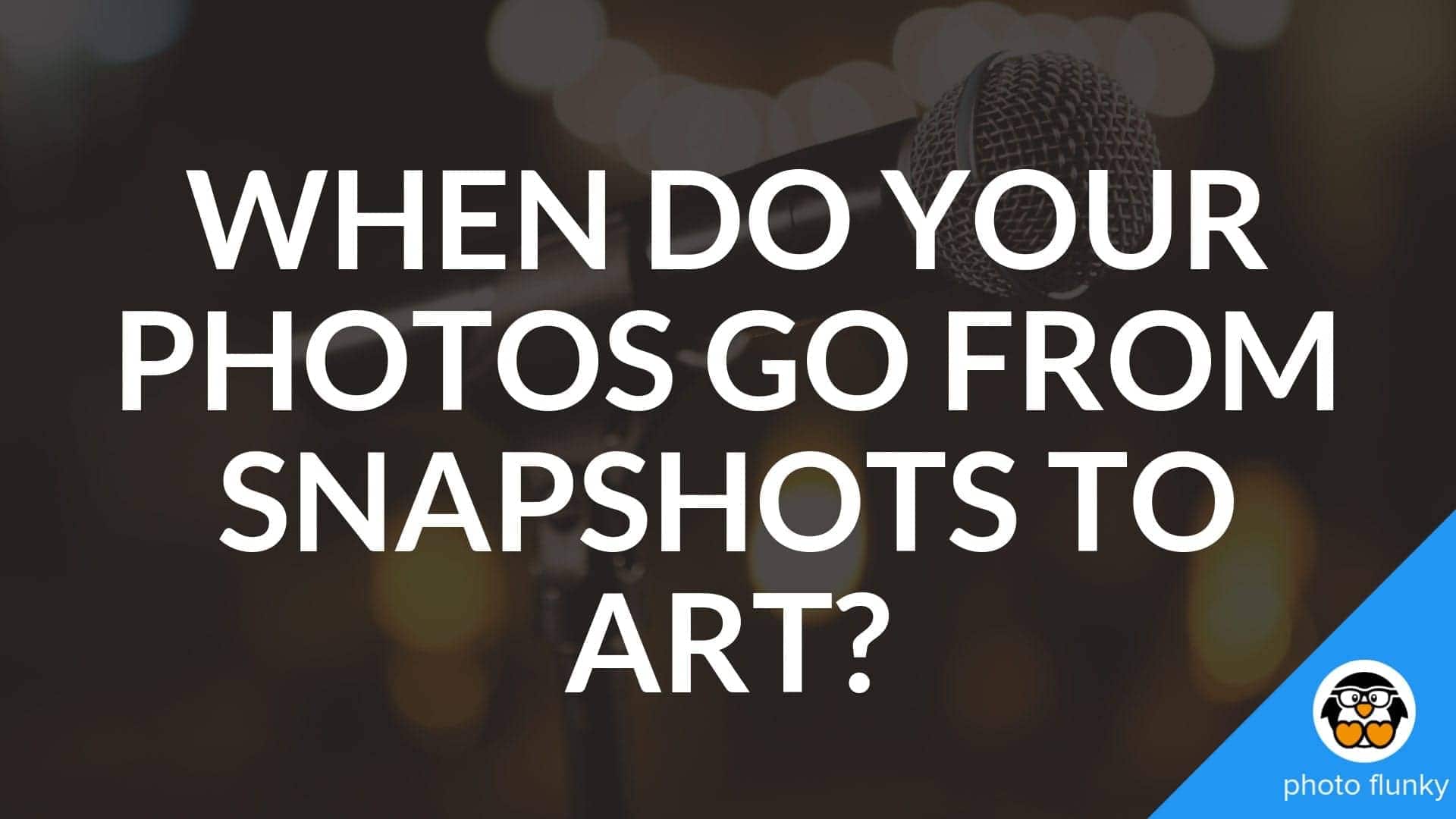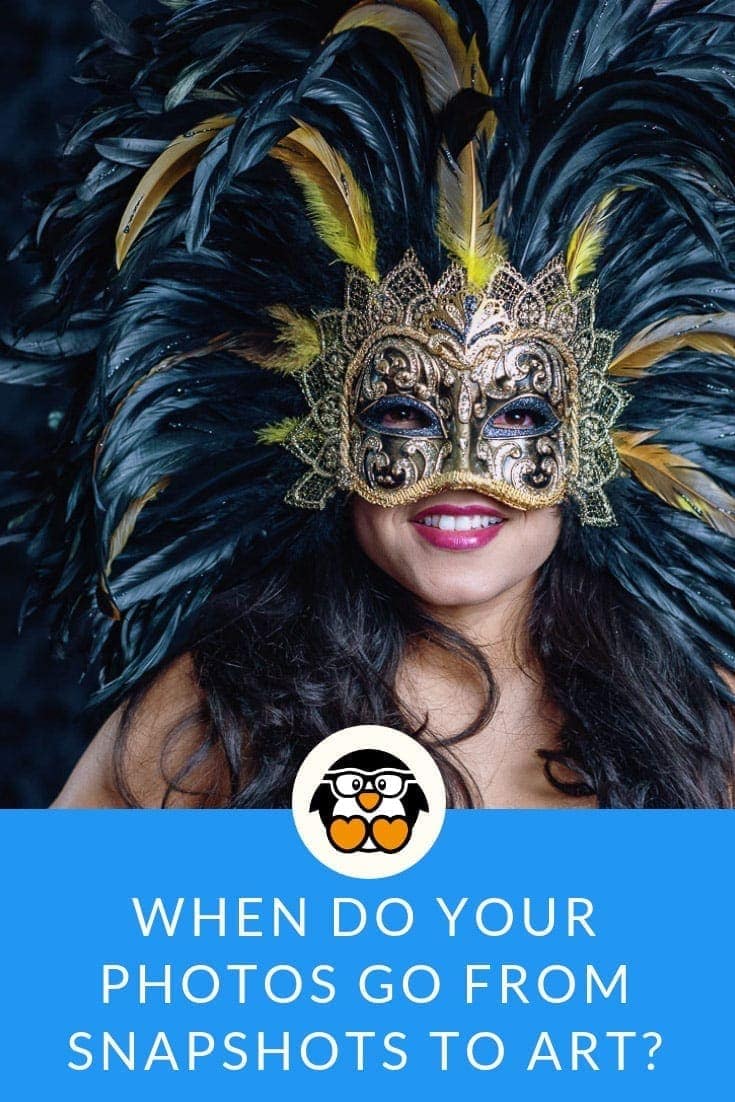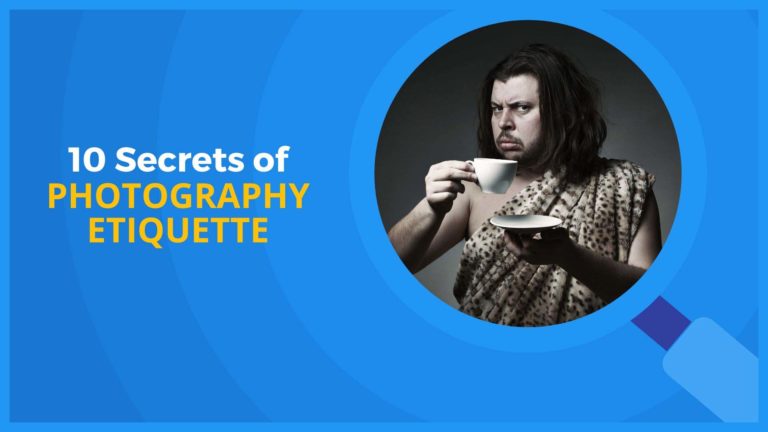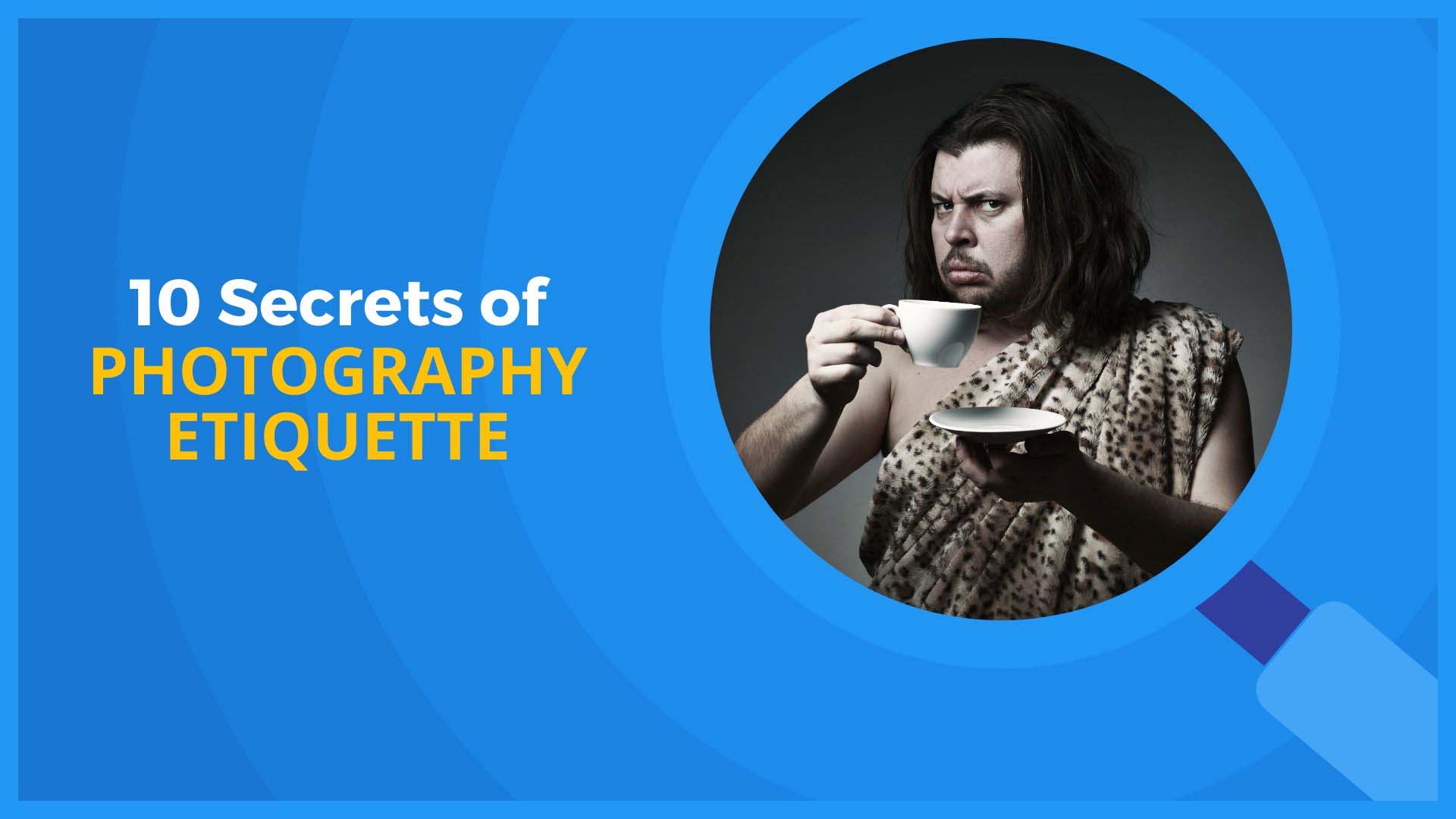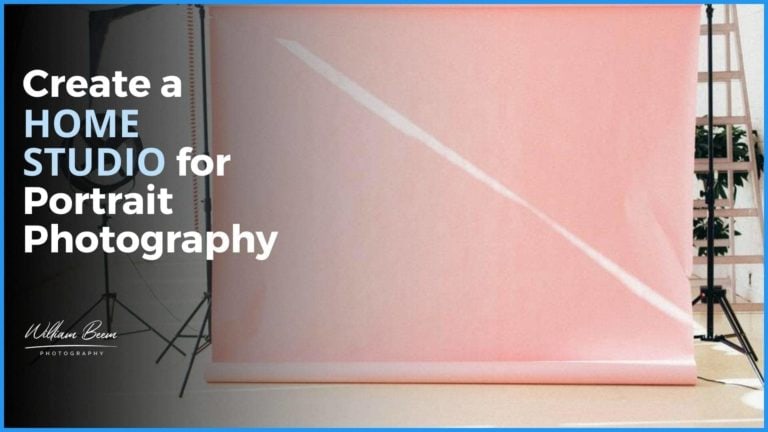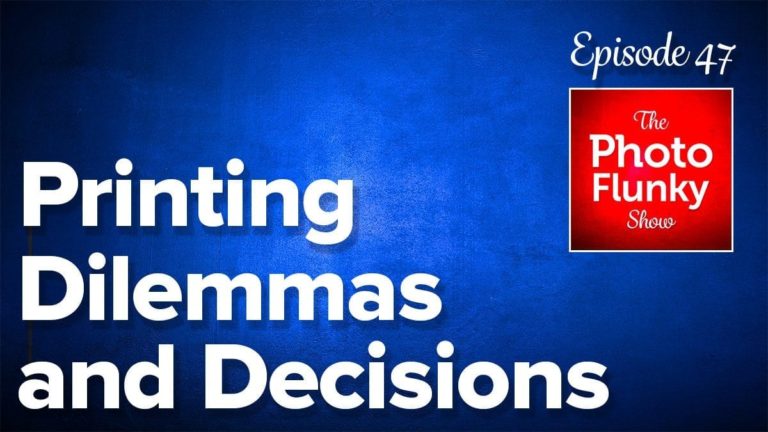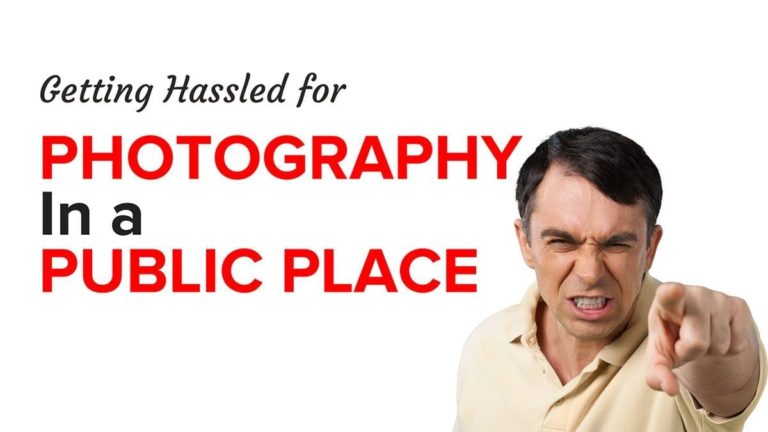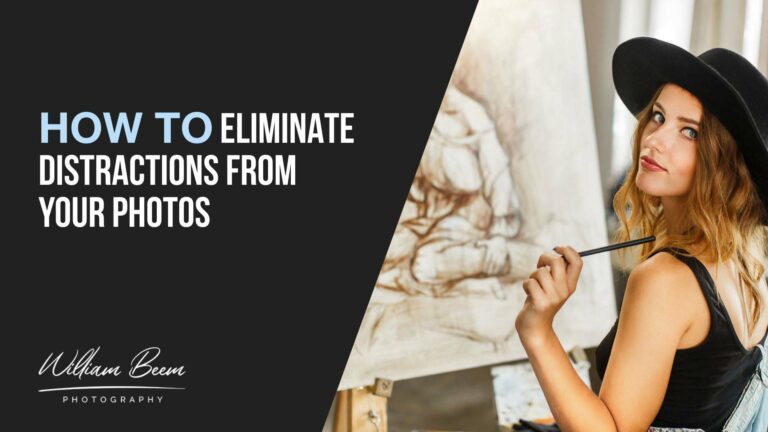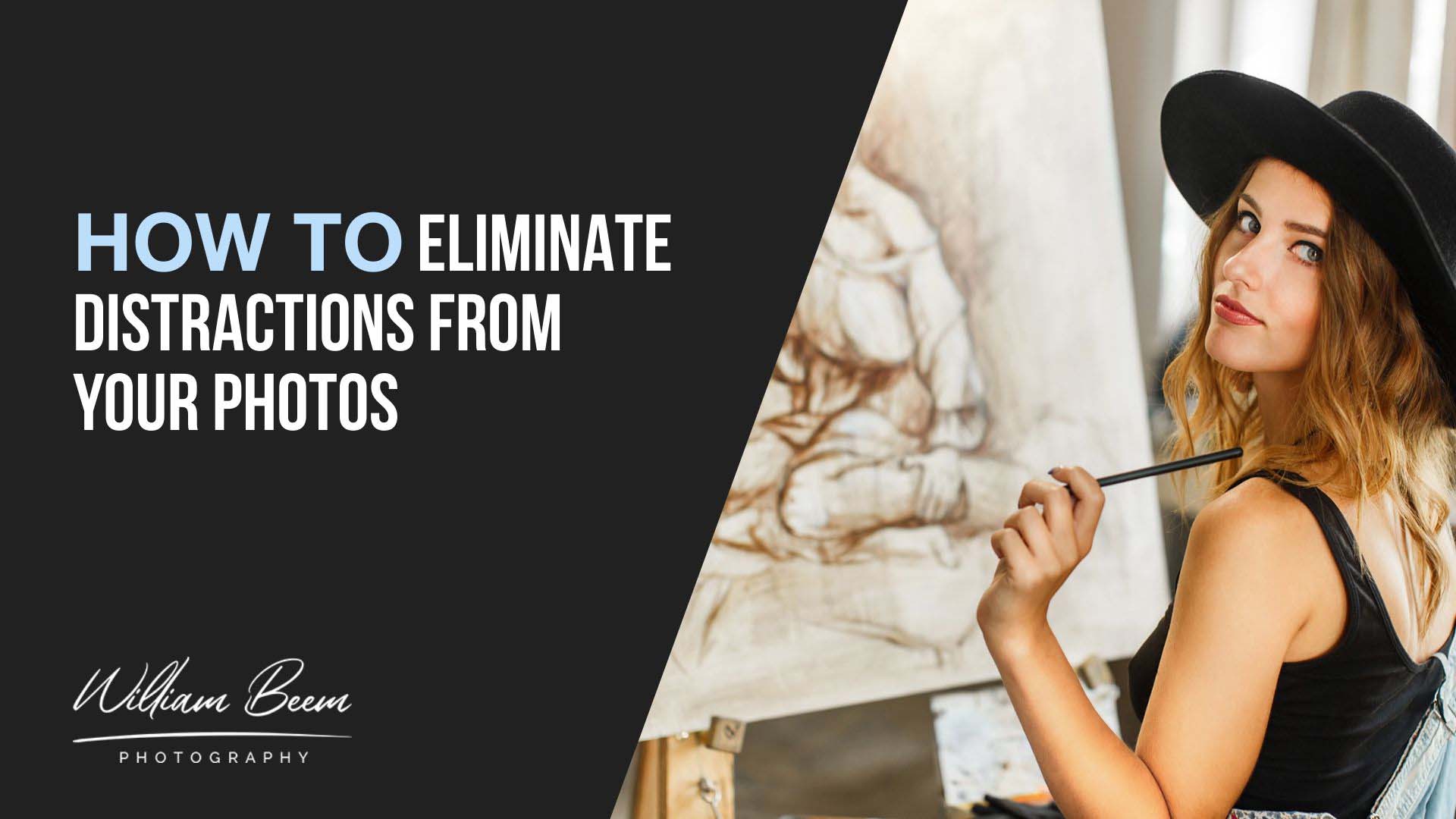Affiliate Disclosure: We earn a commission if you purchase through one of our links at no additional cost to you.
Everyone starts with snapshots, but not everyone progresses from there. Photography can be what you want it to be, an experience, a voice or an artistic expression. If you’re aiming to do more of the latter, we’ve identified some of the things that can help you break free from snapshots and start developing your artistic expression.
Why Won’t Some People Ever Progress from Snapshots?
Do you dream of improving your photography? If you answered “yes” to that question, you’re ahead of the curve. Not everyone who picks up a camera has any desire to become an artist with it. For some, photography is just a means to an end. Capturing moments, documenting events, or even just playing with gear and software. The experience of photography is enough for some and more than what most people in the world even want.
Creating art takes a desire to express something.
That desire may be innate or it may require something to trigger it. Even if it’s there, you may not know how to tap into it until something triggers you to push a bit more.
I started using a camera like plenty of people in my age – with a Kodak Instamatic camera. Actually, it was a Pocket Instamatic 100 that used Kodacolor 110 film and the “Magicube” flash. It was about the size of an iPhone Plus these days, though a bit thicker and bulkier. It was a way to document your life and events.
Something pushed me to spend my hard-earned high school job dollars on an Olympus OM-10 SLR. I knew that I wanted to be a photographer, but had no idea how to go about it. Remember, there was no Internet or Youtube then. No online classes. My school didn’t even have a photography class or club. The only way to learn, without knowing someone to mentor you, was to visit the library or a bookstore and get a book.
Let’s just say that photography books of that era – books like “The Joy of Photography” – didn’t really have the same teaching style we see today. Also, there was no immediate feedback. By the time you got your film back, you forgot what you did to shoot those frames. You have to take notes of your exposure and then remember to correlate them with the prints you received back after a few days.
My trigger to get better was something unexpected. I took a photo of an old wooden bridge while camping in West Virginia. My parents liked it and entered it in a photo contest. I won. That sparked some more interest within me.
Clearly, I stumbled onto this image because I didn’t really know any rules of composition and was lucky to make a decent exposure. I wanted to know more, so I began studying photography as a form of art and expression, rather than just taking pictures of cute high school girls.
How to Identify the Trigger That Causes You to Progress
Nothing makes me want to do better than realizing how much I suck at something.
That’s my trigger. I don’t have to be the best, but I don’t want to suck. One of the best ways to make your photos suck, at least when I had my Instamatic camera, was to put the Magicube on top and use flash. Everyone knew this was the worst thing you could do to ruin your photos, but you really didn’t have a choice indoors. This was a hard rule that “everyone” knew. You can take photos outside without a flash, but you had to use the flash indoors.
In fact, these rules were so ingrained that my cousin Dawn seemed surprised one time when she was taking photos at night. I told he she needed a flash and she just looked back at me, incredulously, and replied “Outside?”
Yes, people took photos without flash at night because it was outdoors, and everyone knew that you only use flash indoors.
So I didn’t suck that bad, but my photos still had a lot of room for improvement. I eventually put down my film gear as I got into technology, but I returned with a vengeance after missing shot that seemed to be a once in a lifetime event for me.
I was in Alaska. A friend invited me after my father passed, and this seemed like a good way to deal with the loss and start something fresh. I gathered up some of my film gear without paying close enough attention, and also brought along a little Nikon point and shoot – my first digital camera.
The lenses and the camera body that I brought didn’t match up. I hadn’t used the stuff in so long that I forgot my Minolta and Olympus gear was going to work together, so I only had the Nikon digital camera. The shutter lag on that thing was several seconds. You could click the shutter, have a conversation, and then it would take the photo.
I got a few shots on that trip, but certainly not the breaching whales and anything else moved.
That was the moment when I decided to get a DSLR and get back into photography. That’s the trigger that caused me to start progressing. It was the realization that I had a beautiful image in my mind, but didn’t have the gear or all of the knowledge I needed to make it happen.
Failure is a Great Trigger to Learn and Progress
You don’t have to learn from your own mistakes. Other people screw up and you can learn from them, too. For example, I watched a YouTube photographer recently who didn’t know how to use a C-Stand. Naturally, his equipment fell over and he had to drive to save it.
This happened to a nice guy. A guy who is teaching other photographers. After watching a few other professional courses, I realized they didn’t know how to correctly use a C-Stand, either. It’s not like I was born with that knowledge. I screwed up, did some research and found out there’s a right way to use the extension arm, the turtle-base and the knobs to prevent things from going wonky.
My early flash photos, as I said, were horrible. It was clear from other photos that people used flash to get beautiful light. Overcoming that issue was another trigger to help me progress.
I discovered that you rarely make great leaps of progress. Instead, progress is incremental. You try, fail, learn and then try again. When you have one piece comfortably covered, then you go on to the next thing that bugs you and start the failing and learning process all over again.
I’m teaching our teenage daughter how to drive. As part of that process, I’m giving her tasks that I know she’s going to fail at the first time. When she does, I asked her to analyze the situation.
What did she intend to do? What did she actually do? How could she have obtained the result that she wanted?
These are all small lessons, like pulling into a parking space, or doing it in reverse.
The key here is that’s she’s experimenting in a safe space. We’re in an empty school parking lot on a Sunday and no other cars are present. She doesn’t have anyone watching her and she has room to fail, learn and try again.
The same sort of thing works for photography. Find a safe place to experiment and try something that you want to learn or perfect. Give yourself the time to make mistakes, analyze them, and then make corrections to achieve the result you want.
I still do this little routine. A new 60″ parabolic soft box arrived with a focusing rod. I’m not going to use that on a model until I’ve had time to practice at home with Lee. Once I know how to get the results I want, then I’ll use this tool in a practical situation.
Art Takes Time
One of the keys to creating art is giving yourself the time to create it. If you’re out running to get as many shots as you can in some photo challenge, it’s hard to get a bunch of keepers.
Slow down. Come up with a concept. Work on the colors, the subjects, the location and the lighting. Your odds of success are better when you take your time to create one great photo than if you want to get all the things and hope some art falls in your way.
I’ll bring up my daughter again. She is a wonderfully talented artist using different media. Tové is a perfectionist and she takes her time when creating her art. She’s slower than butter sliding off a biscuit. That patience, however, truly pays off with her art. She takes her time and crafts her pieces with some striking results.
We were happy to take her to the Orlando Museum of Art recently because one of her pieces is on display at the student gallery. She earned that with her patience and practice. That’s how you progress from snapshots to art.
Subscribe to The Photo Flunky Show
Thank you for listening to The Photo Flunky Show. Make sure you get every episode by subscribing.
iTunes – https://williambeem.com/itunes
Stitcher – https://williambeem.com/stitcher
Google Play – https://williambeem.com/googleplay
Blubrry – https://williambeem.com/blubrry

